Traveling the World with Rudolph Ackermann
Books have always provided a way to see faraway locations and cultures. During the Regency period, Rudolph Ackermann (1764-1834) published a number of exquisite decorative prints and illustrated books that are as vibrant today as they were two hundred years ago. They open a window to our vast world, then and now.
Born in Germany and trained as a carriage maker, Ackermann settled in London in 1787 and became a prolific publisher. He specialized in aquatints, a printmaking technique that produces tonal qualities by using acid on the engraving plates. Ackermann employed refugees from the French Revolution to hand color thousands of prints with watercolors. He produced a staggering 372,000 aquatints in eight years just to illustrate his multi-volume books. His three-volume Microcosm of London (1808-1811) alone has 104 folio plates. He commissioned and managed a respected team of writers, artists, and engravers, including Augustus Pugin (1762-1832) to draw the architecture, Thomas Rowlandson (1757-1827) to draw the people, and William Combe (1742-1823) to write the text.
The entrepreneurial Ackermann established the Repository of Arts in London at 101 Strand, which functioned as a gallery, drawing school, and shop where he sold paintings, prints, books, fancy paper, and manufactured and sold watercolor paints.
In 1824, he sent his son George (1803-1891) to Mexico to open a bookshop. George established sales outlets in Mexico City, Caracas, Bogota, Lima, and Buenos Aires. This enabled Ackermann to become a leading publisher of titles in Spanish in Latin America. However, the venture was not successful as his books were pirated and reprinted by others. The legacy of publications, such as Picturesque Illustrations of Buenos Ayres and Monte Video, show an astonishing glimpse of everyday life in South America.
The Library Company is fortunate to hold so many of Ackermann’s works. Here is a sampling. Bon voyage!
The Microcosm of London. London: R. Ackermann, 1808-11. Christie’s Auction Room.
Miss Semple. The Costumes of the Netherlands. London: Ackermann’s Repository of Arts, 101, Strand, 1817. Women & Children of Amsterdam.
Latrobe, Christian. Journal of a Visit to South Africa in 1815 and 1816. London: L.B. Seeley and R. Ackermann, 101 Strand, 1818. Kayman’s Gat [Crocodile’s hole], Plettenberg Bay.
Vidal, Emeric. Picturesque Illustrations of Buenos Ayres and Monte Video. London: R. Ackermann, 101 Strand, 1820. Balling Ostriches. Pampa Indians.
A Picturesque Tour Along the River Ganges and Jumna, in India. London: R. Ackermann, 101 Strand, 1824. The Taj Mahal.
Titsingh, Isaac. Illustrations of Japan. London: R. Ackerman, 101 Strand, 1822. Illustration of a wedding.
Shoberl, Frederic. The World in Miniature. London: R. Ackermann, 1820-25.
Woman of the Island of Luzon. [Phillipines] Eunich of the Seraglio. [Turkey].
Linda August, Curator of Art & Artifacts and Visual Materials Cataloger

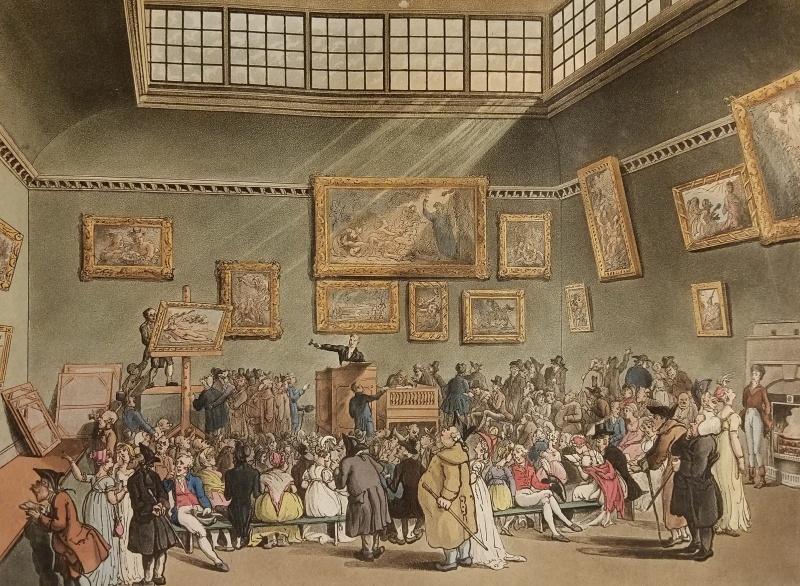
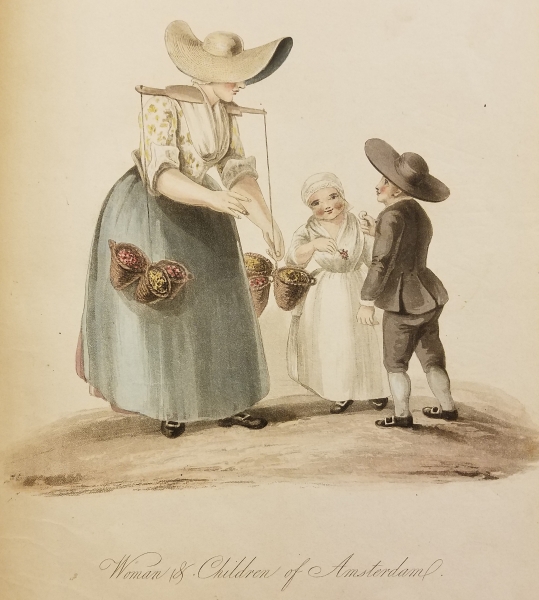
![Latrobe, Christian. Journal of a Visit to South Africa in 1815 and 1816. London: L.B. Seeley and R. Ackermann, 101 Strand, 1818. Kayman’s Gat [Crocodile’s hole], Plettenberg Bay. Latrobe, Christian. Journal of a Visit to South Africa in 1815 and 1816. London: L.B. Seeley and R. Ackermann, 101 Strand, 1818. Kayman’s Gat [Crocodile’s hole], Plettenberg Bay.](https://librarycompany.org/wp-content/uploads/Latrobe-Visit-to-S-Africa-800x534.jpg)
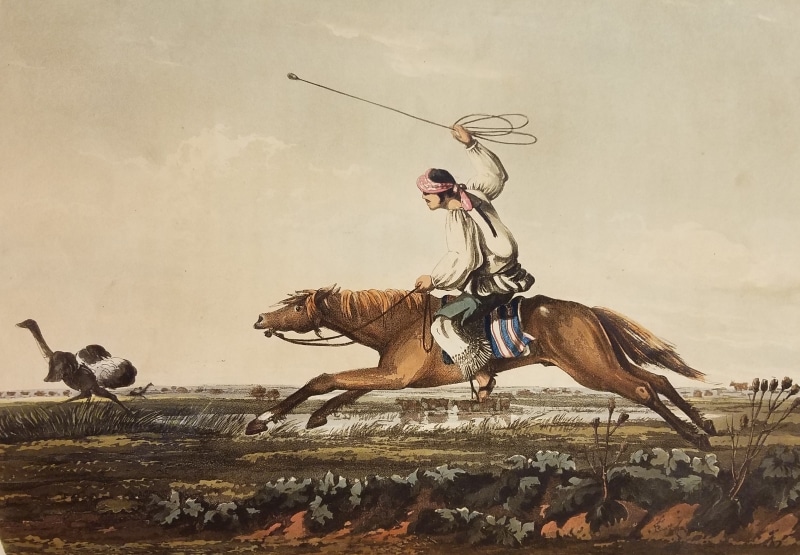
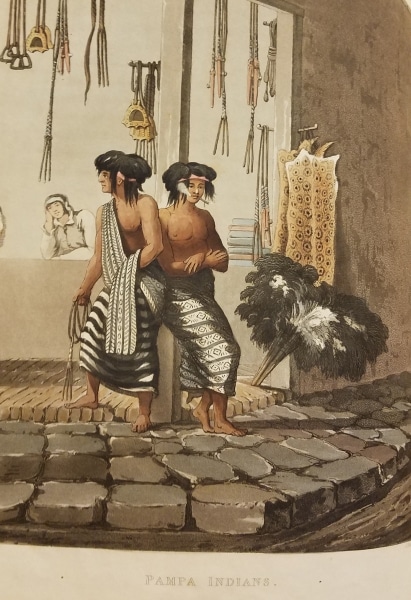


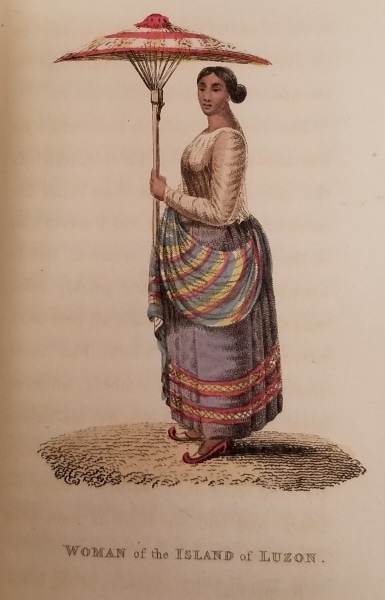
![Woman of the Island of Luzon. [Phillipines] Eunich of the Seraglio. [Turkey]. Woman of the Island of Luzon. [Phillipines] Eunich of the Seraglio. [Turkey].](https://librarycompany.org/wp-content/uploads/Shoberl-World-in-miniature-Eunich-355x600.jpg)
